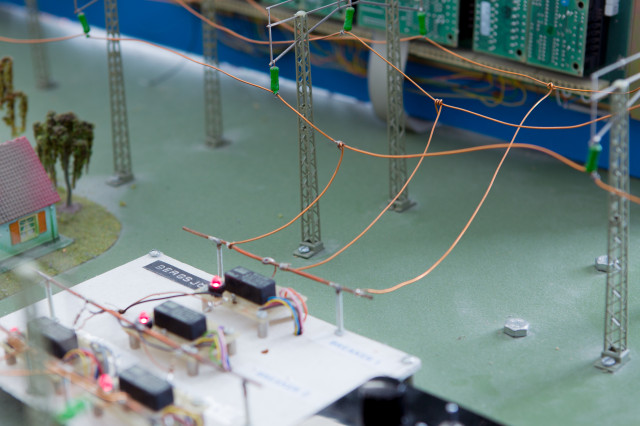The course focuses on the communication problem of on-chip and off-chip many-core architectures in embedded systems. It teaches basic concepts and principles of on-chip bus and interconnection network, and presents details of on-chip router and network interface designs, network quality-of-service (QoS) provisioning and performance evaluation methodology. Moreover, it discusses realtime networking and worst-case communication time analysis in embedded many-core architectures and introduces industrial practices such as CAN, FlexRay and TTP.
The course consists of ten lectures, and 4 exercises, one of which can be in the mini-project form. An invited lecture from industry or academia may be organized.
The lectures are structured as three modules:
Module I: Concepts and principles
This module introduces the problems in many-core systems with focus on communication architectures. Concepts and principles of on-chip buses and interconnection networks will be presented. Particularly, network topology, routing and flow control, deadlock and livelock issues et cetera. will be investigated.
Module II: Design and evaluation
This module focuses on on-chip router and processor-network interface designs, QoS properties, and performance evaluation. The micro-architecture of a classic router will be detailed and network interfaces for both message passing and shared memory architectures will be presented. As a crucial component for network design, QoS properties of different design alternatives will be investigated. Furthermore, performance evaluation methodology will be systematically introduced.
Module III: Distributed realtime architectures
This module considers distributed many-core systems in embedded environments such as automotives and airplanes. Various media-access protocols for real-time networking will be studied. Particularly, industrial standards such as CAN, FlexRay and TTP will be introduced. Moreover, worst-case communication time analysis methods will be presented.
